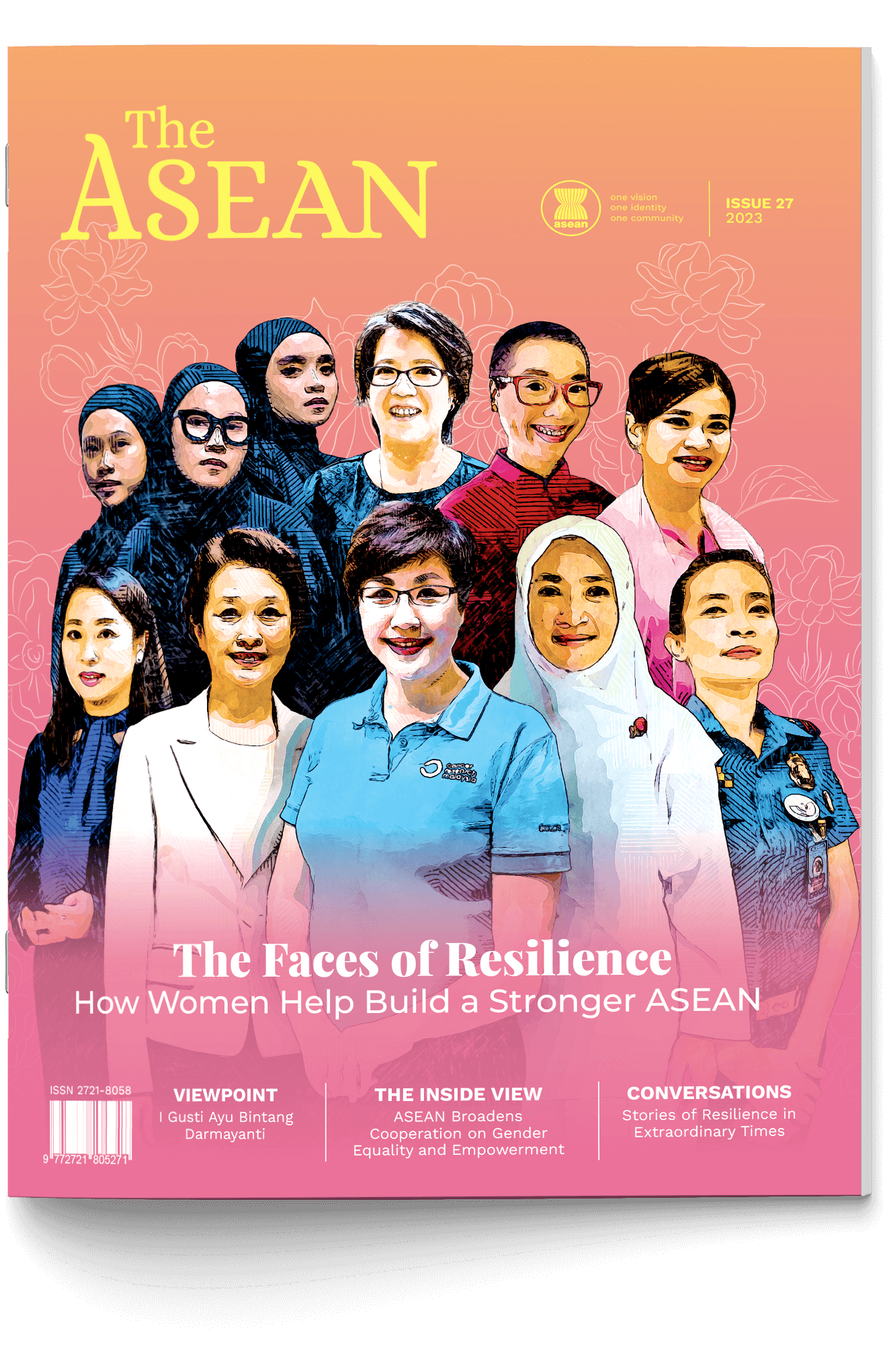
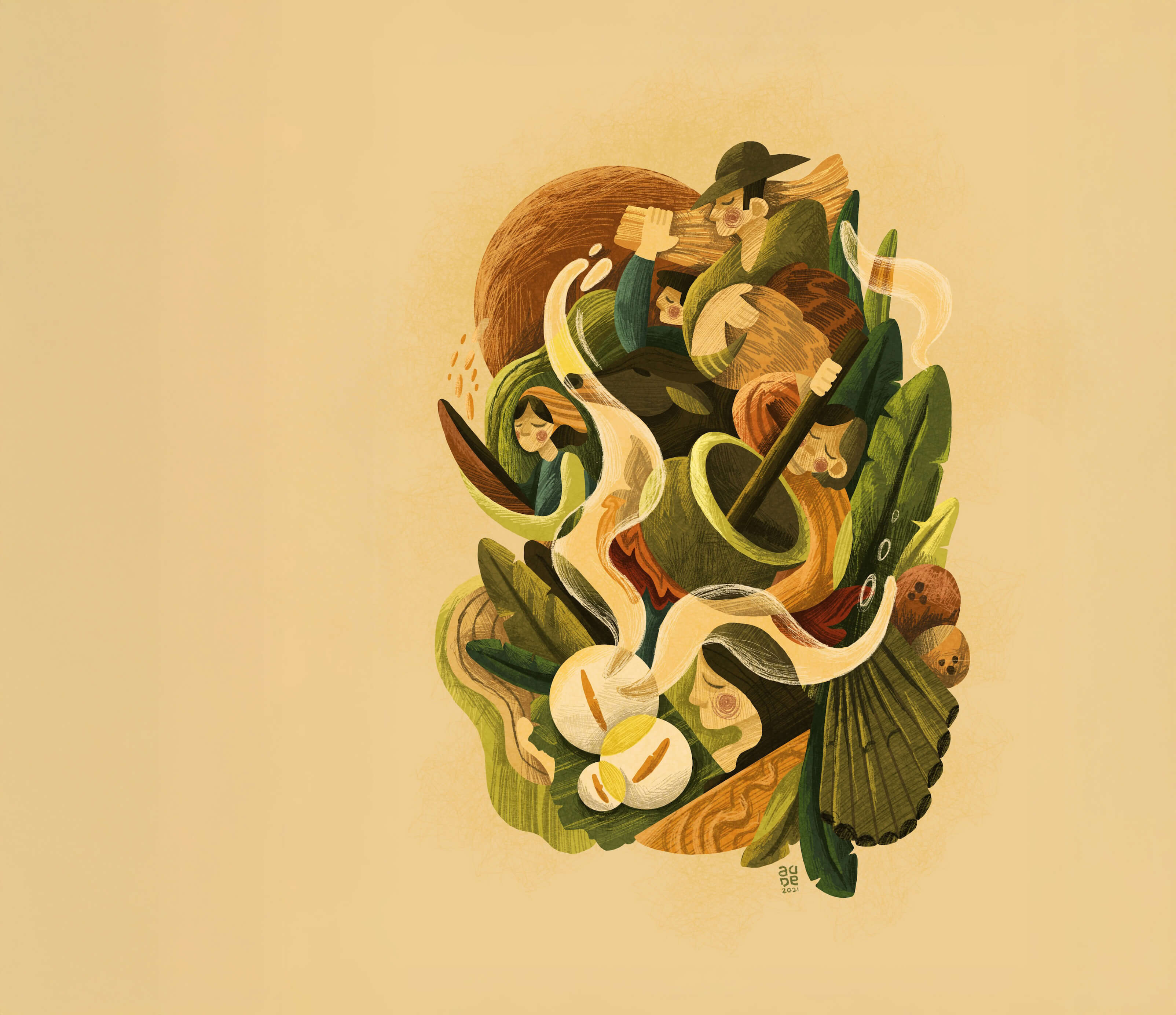
Subscribe to our newsletter:

Issue 27
May 2023
The Faces of Resilience
How Women Help Build a Stronger ASEAN
Download:
Inside this Edition
Themes

17 May 2023
Gender, Labour and Future of Work
Strategic Cooperation on Gender Equality, Empowerment and Resilience
ASEAN’s cooperation on advancing gender equality and empowerment of all women and girls sits squarely within the region’s ongoing recovery from the COVID-19 pandemic, and intersects with current and emerging challenges, such as demographic shifts, digitalisation of the region, and security issues, among others. With ASEAN asserting its central and strategic role in the Indo-Pacific region, there are widening spaces for women and girls to amplify their voices and for robust, substantive and meani

17 May 2023
Gender
ASEAN-US Science Prize for Women 2022
For 2022, the Underwriters Laboratories-ASEAN-US Science Prize for Women was awarded to four outstanding women scientists in the field of artificial intelligence in health and safety.
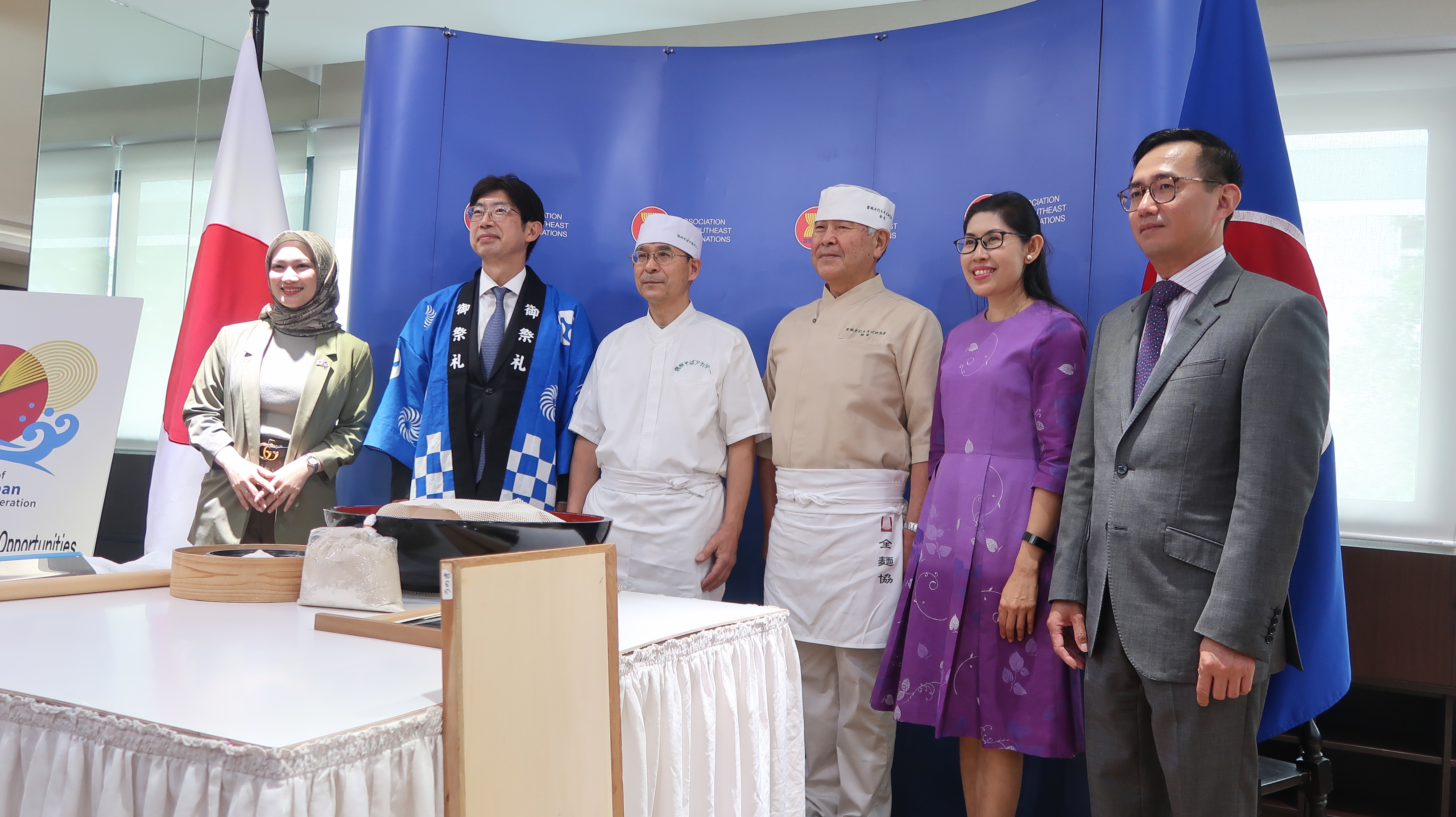
19 May 2023
Culture
ASEAN-Japan 50th Year of Friendship and Cooperation Pre-Event: A Taste of the Golden Jubilee
To welcome the golden anniversary of ASEAN-Japan Friendship and Cooperation, the newly appointed Ambassador of Japan to ASEAN, Kiya Masahiko, hit the ground running by bringing eight soba masters from Miyagi prefecture to ASEAN. The artisans were in Jakarta on 22 December 2022, to treat the ASEAN Secretariat with delicious soba, a traditional Japanese buckwheat noodle dish.
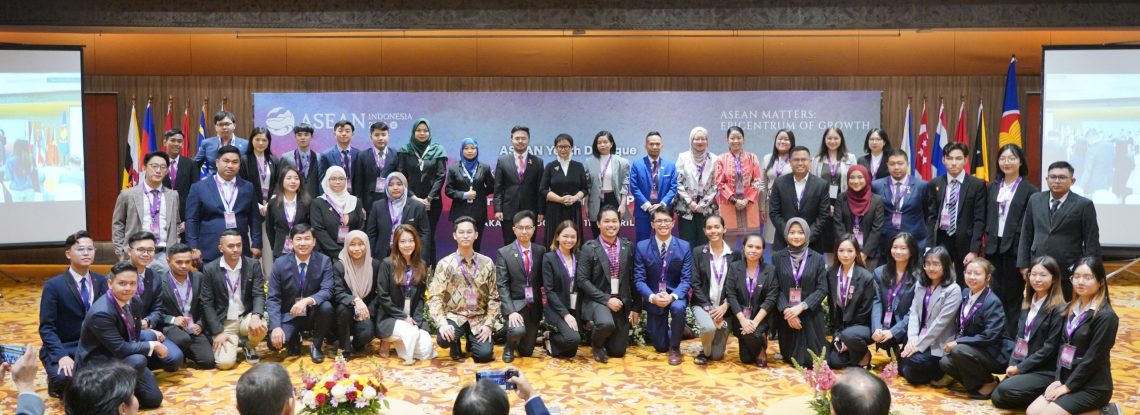
19 May 2023
Youth
The 2nd ASEAN Youth Dialogue: Accelerating Digital Transformation for SDGs
Sixty youth representatives from the ASEAN Member States gathered in Jakarta on 10-14 April 2023, for the second ASEAN Youth Dialogue on Digital Development for SDGs. Indonesia’s Ministry of Foreign Affairs and Ministry of Youth and Sports hosted and organised the event.
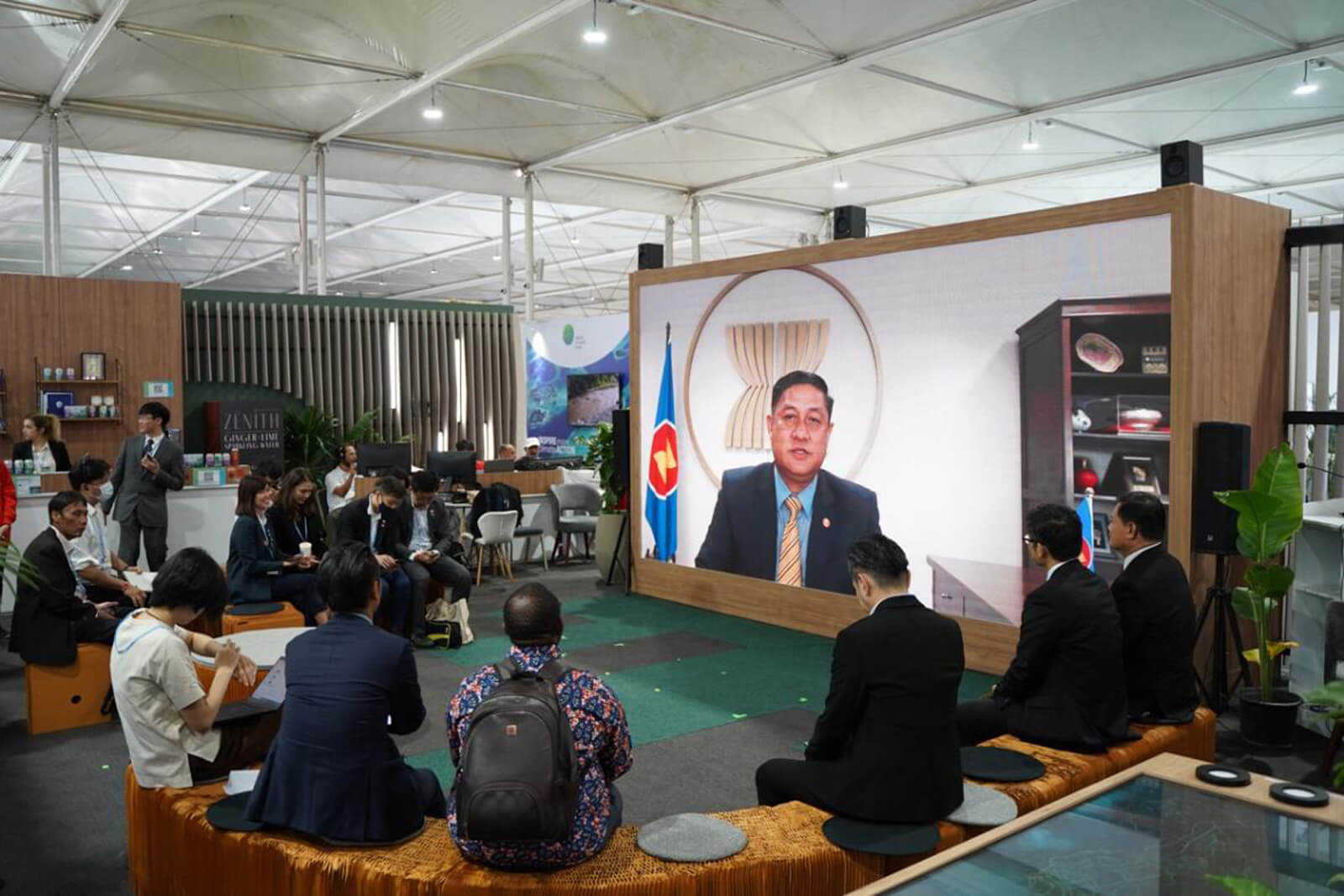
19 May 2023
Financing Loss and Damage from Climate Change: Challenges and Opportunities
The concept of loss and damage was first raised in the 1991 climate change negotiations by Vanuatu as a facility to compensate small island developing states for the devastating impacts of sea-level rise. Subsequently, the term “loss and damage” has come to be understood as any negative consequences of climate change on economic, social and environmental systems.
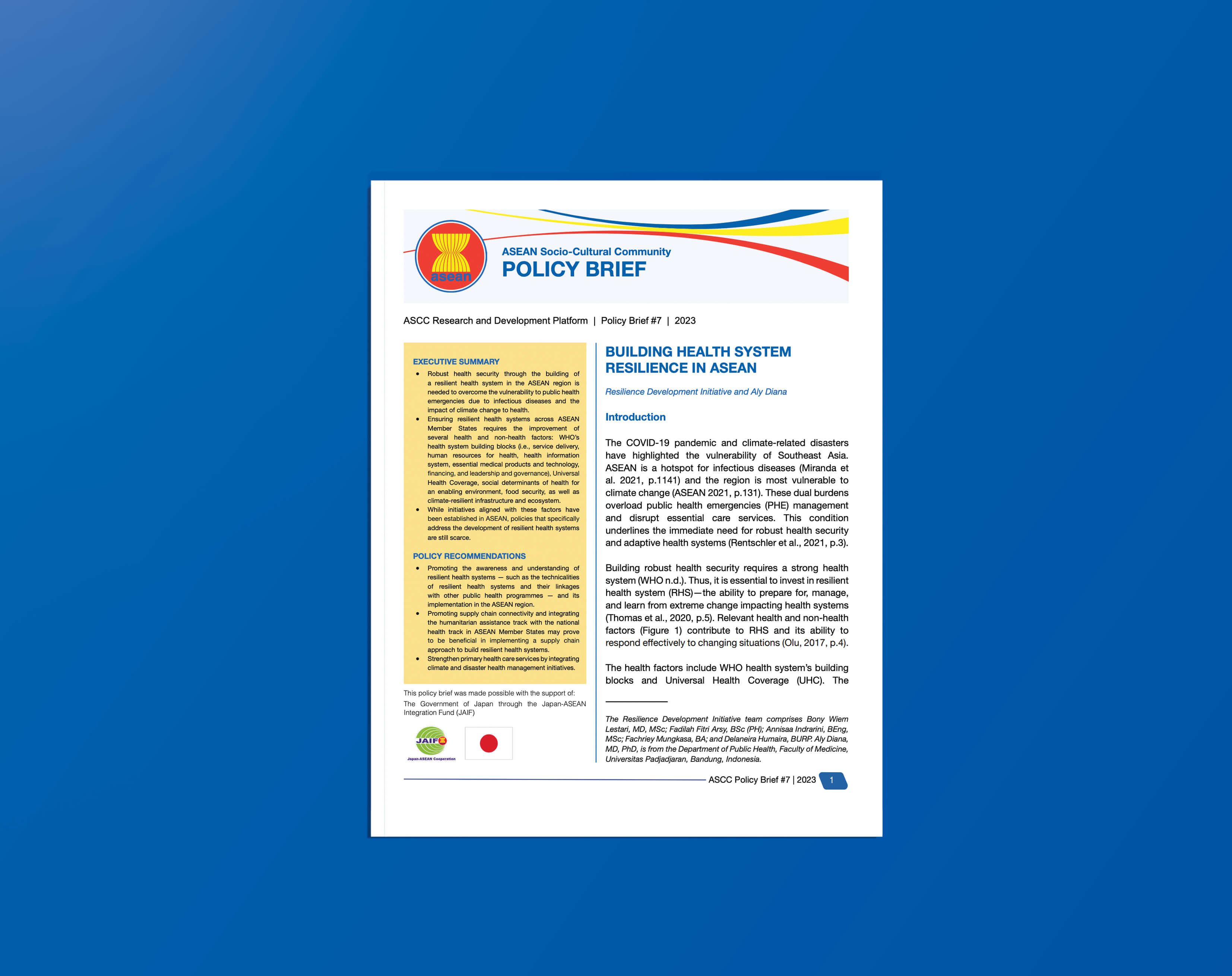
19 May 2023
Disaster Management, Environment
ASEAN Socio-Cultural Community Policy Brief #7: Building Health System Resilience in ASEAN
by Resilience Development Initiative and Aly Diana ASEAN Socio-Cultural Community Policy Brief #7 ASEAN Socio-Cultural Community Policy Brief The ASEAN Socio-Cultural Community (ASCC) Policy Brief is a publication of the ASCC Department at the ASEAN Secretariat. It identifies trends and challenges that will impact ASEAN and ASCC sectors and propose policy-relevant solutions and recommendations to uplift the quality of lives of ASEAN people. This policy brief discusses ASEAN’s progress in develop
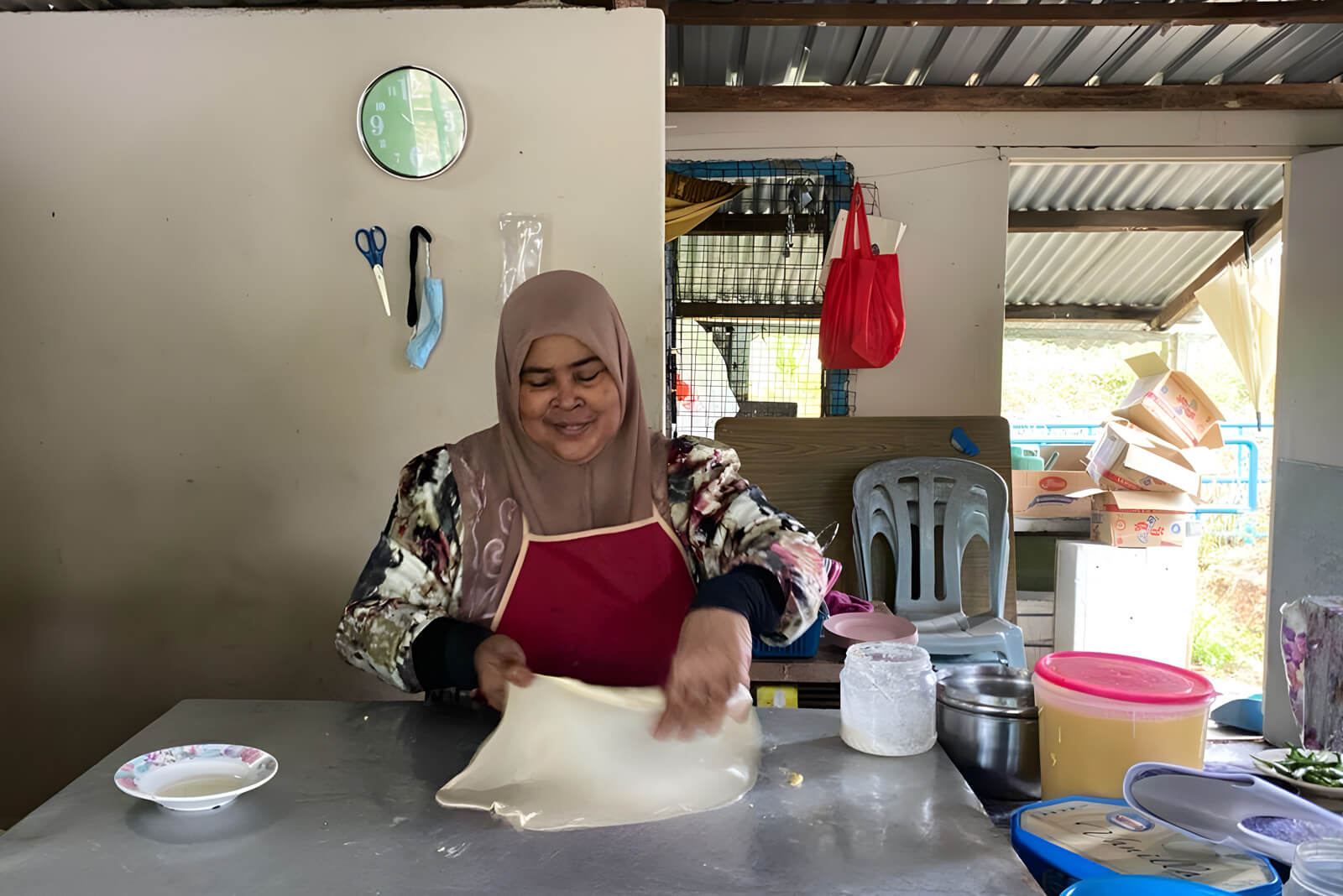
22 May 2023
Gender
Why Strengthening Mental Fitness and Resilience is Crucial for Older Women
For over 60 years, rapid development has taken place in the ASEAN and Malaysian communities. Six decades is a long time, and a variety of social changes have taken place during that period. Development is aimed at upgrading or elevating the life status of communities towards that of developed countries in the aspects of health, economy, urbanisation, and formal education. However, behind this developmental progress is the impact of the changes on the lives and well-being of older people.
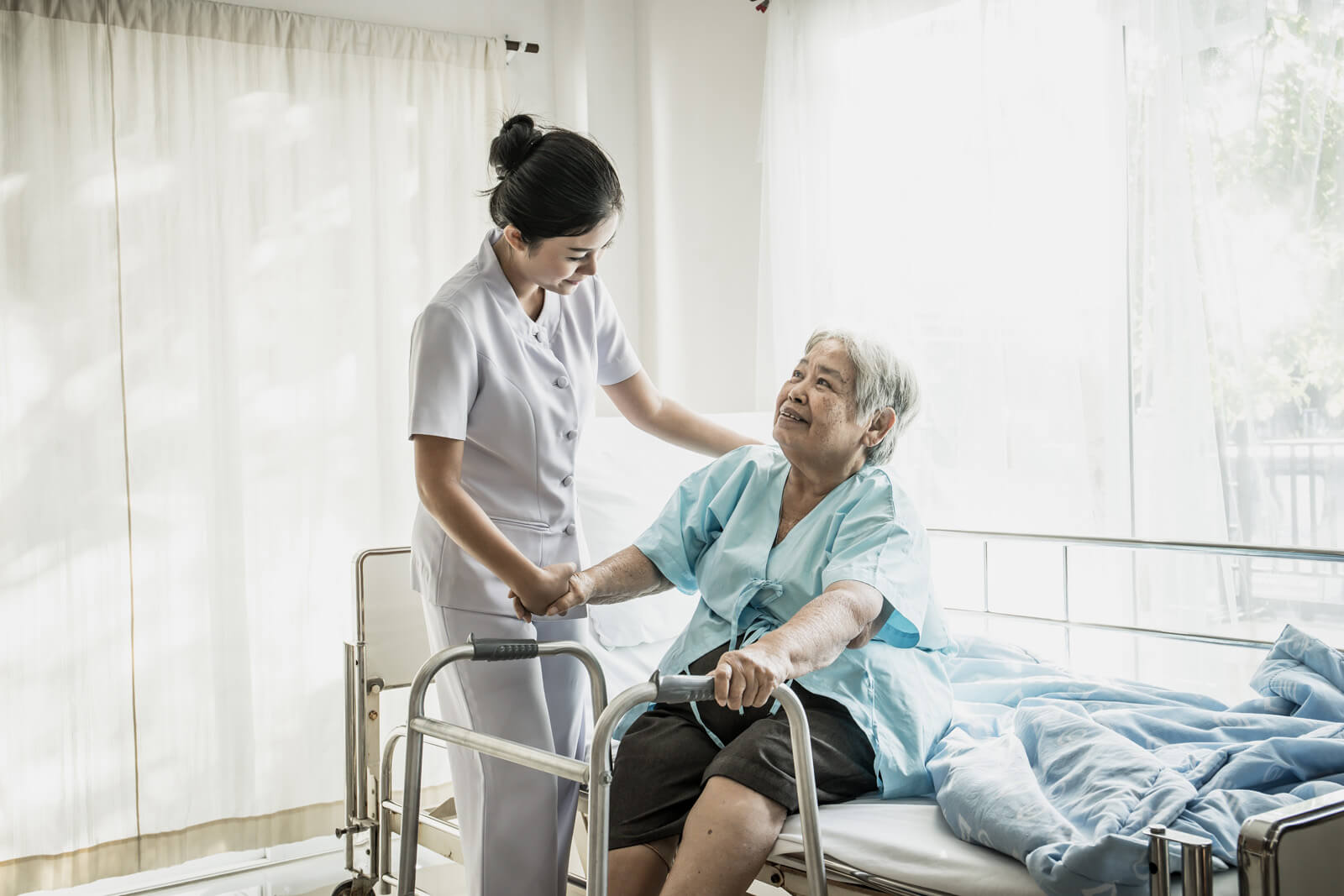
22 May 2023
Gender
ASEAN’s Care Economy: Putting More Value on Care Work
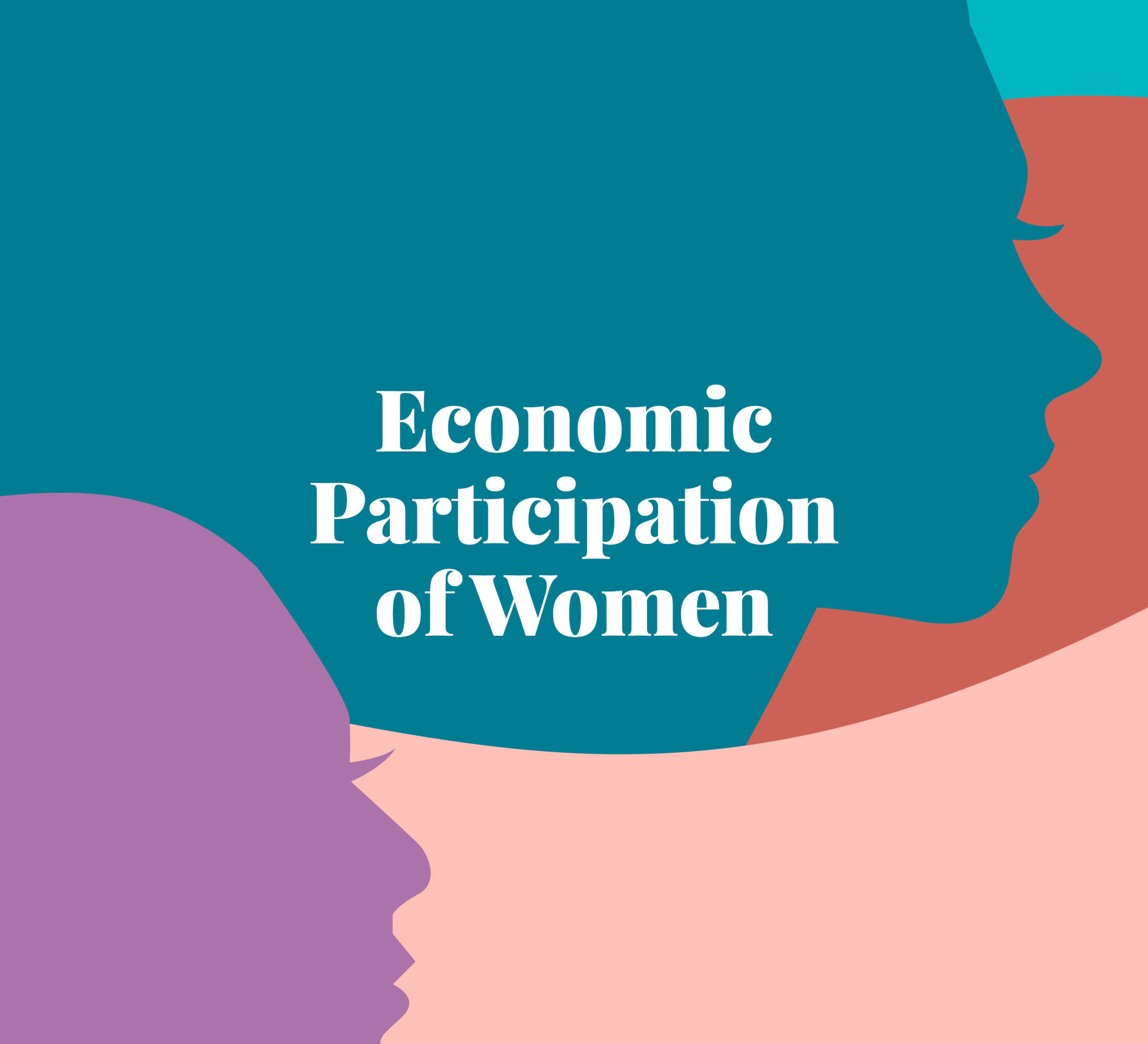
22 May 2023
Gender, Labour and Future of Work
Economic Participation of Women
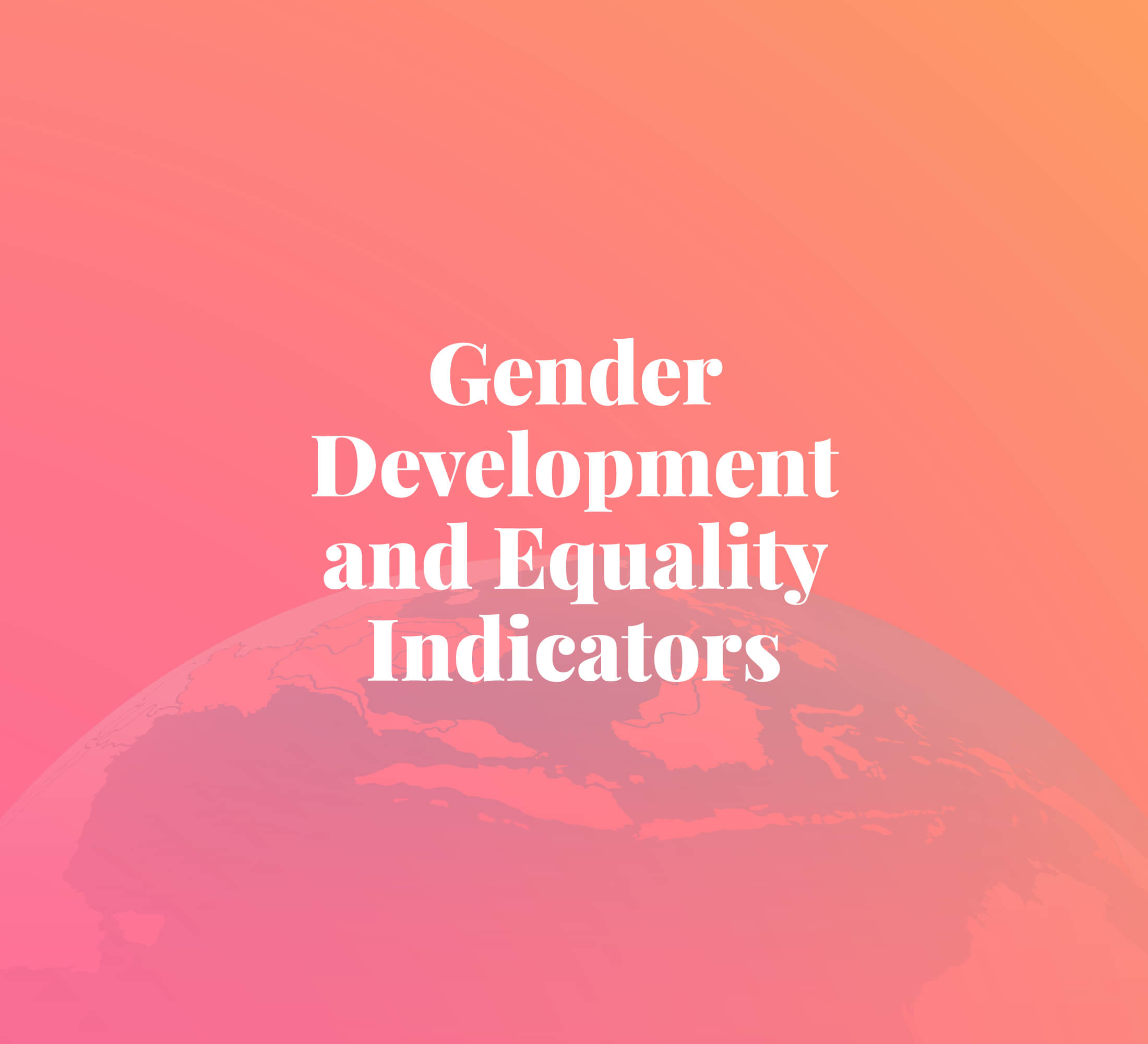
22 May 2023
Gender
Gender Development and Equality Indicators

22 May 2023
Gender, Social Protection
Advancing Sustainable Development through Gender-sensitive Governance
The 2022 ASEAN SDG Snapshot Report highlighted ASEAN’s progress in achieving the Sustainable Development Goals (SDGs) despite the challenges brought about by the COVID-19 pandemic. However, due to the pandemic, the region is likely to fall short on Goal 1 on ending poverty and Goal 8 on decent work and economic growth.
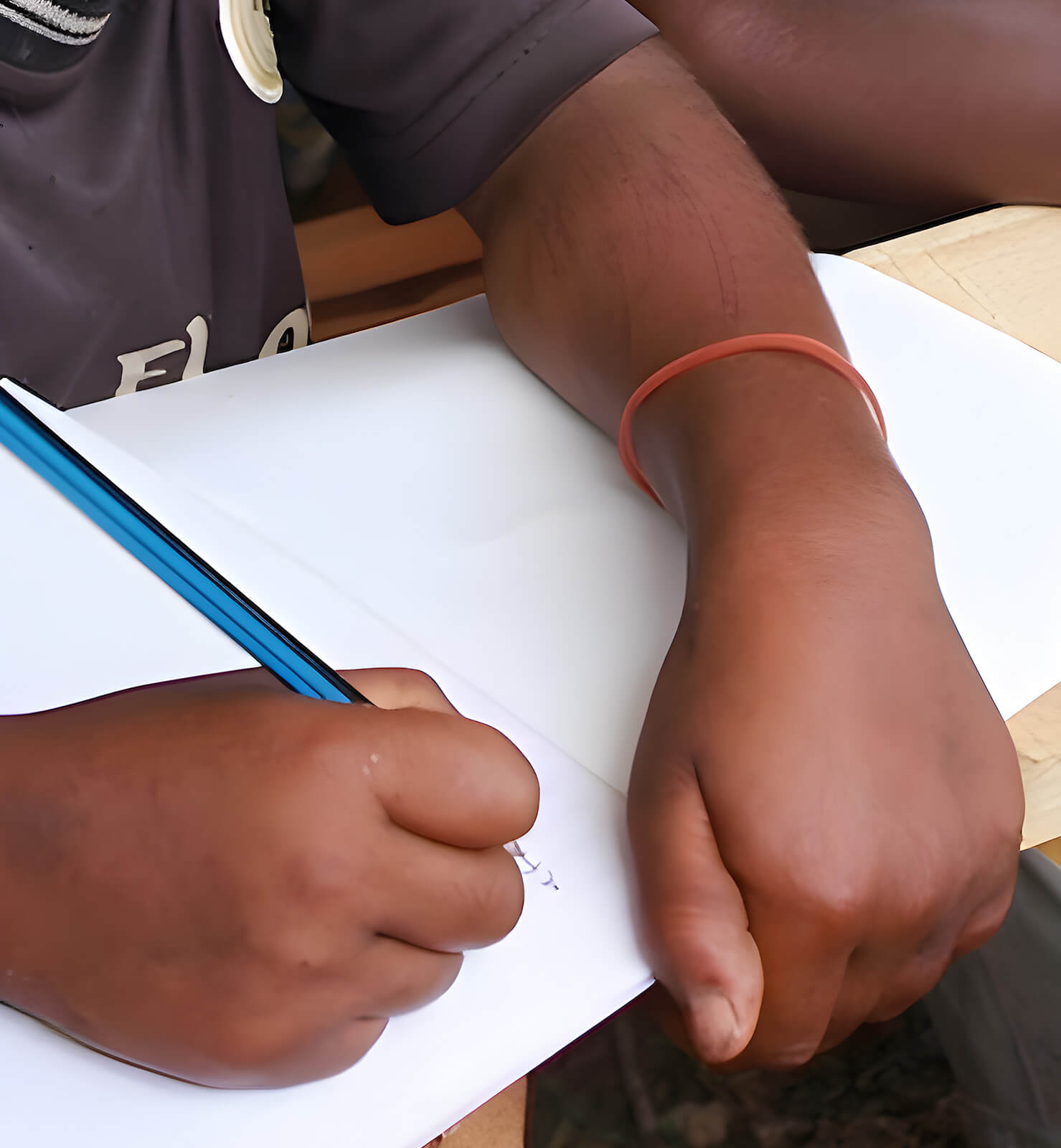
22 May 2023
Children, Education, Gender
Gender Barriers in Education and Health: A Story from East Nusa Tenggara, Indonesia
The ASEAN region has made progress in many sectors, but challenges remain, especially in the area of girls’ and women’s access to health and education. Meryana (not her real name) is a 12-year old girl from Noinbila, a small village in South Central Timor Regency, East Nusa Tenggara, Indonesia. This year, she had to give up on her dream of going to junior high school. Due to economic hardships exacerbated by the COVID-19 pandemic, her parents could only send one of their children to school, Mer

22 May 2023
Gender
ASEAN Publications on Women
Interviews
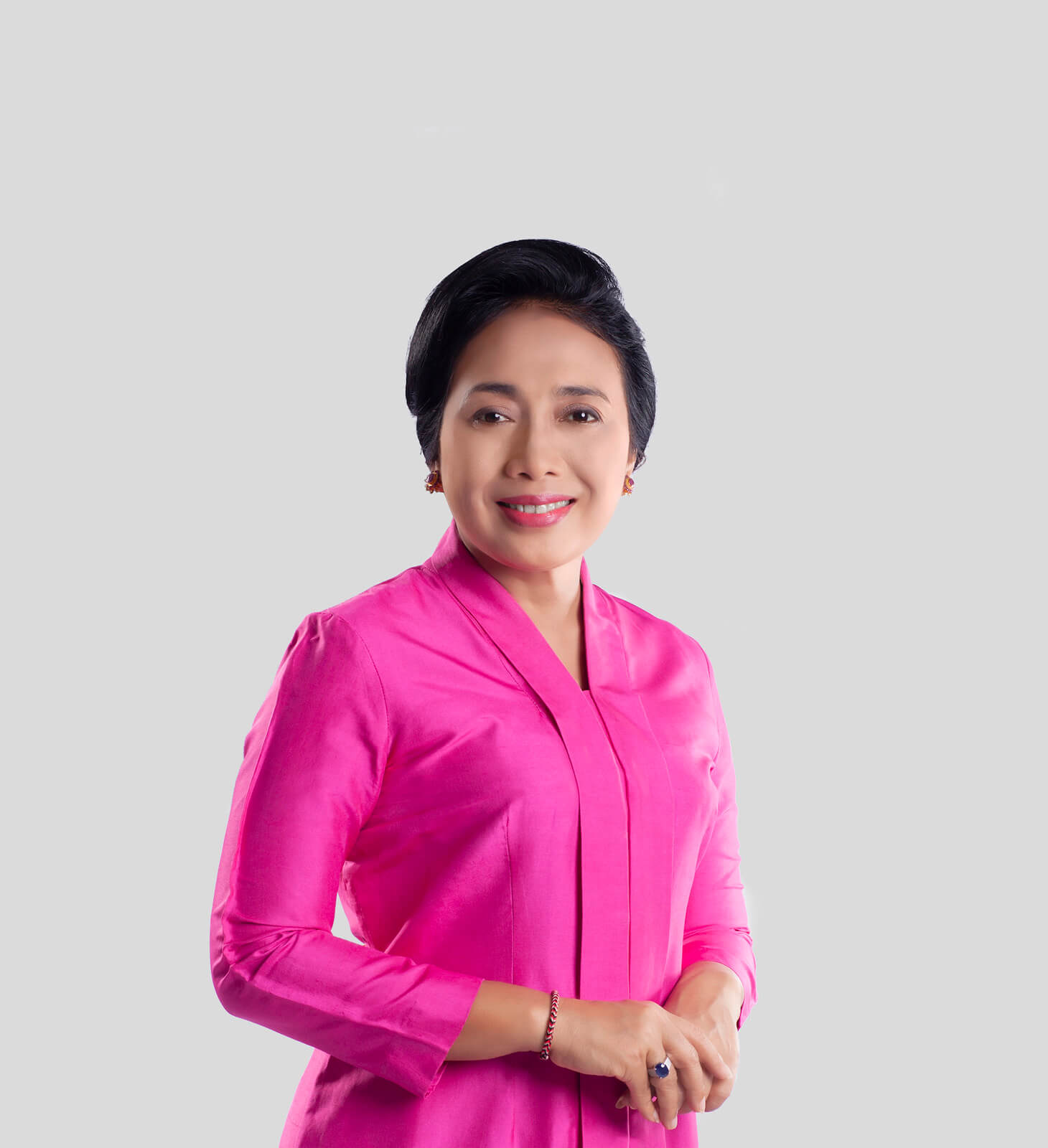
17 May 2023
Gender
I Gusti Ayu Bintang Darmawati
Minister I Gusti Ayu Bintang Darmawati talks to The ASEAN about the regional frameworks and plans that embody ASEAN’s strategies for empowering and improving the well-being of women and girls in the region. She also talks about why Indonesia is encouraging countries to adopt the Women- and Children-Friendly City initiative.
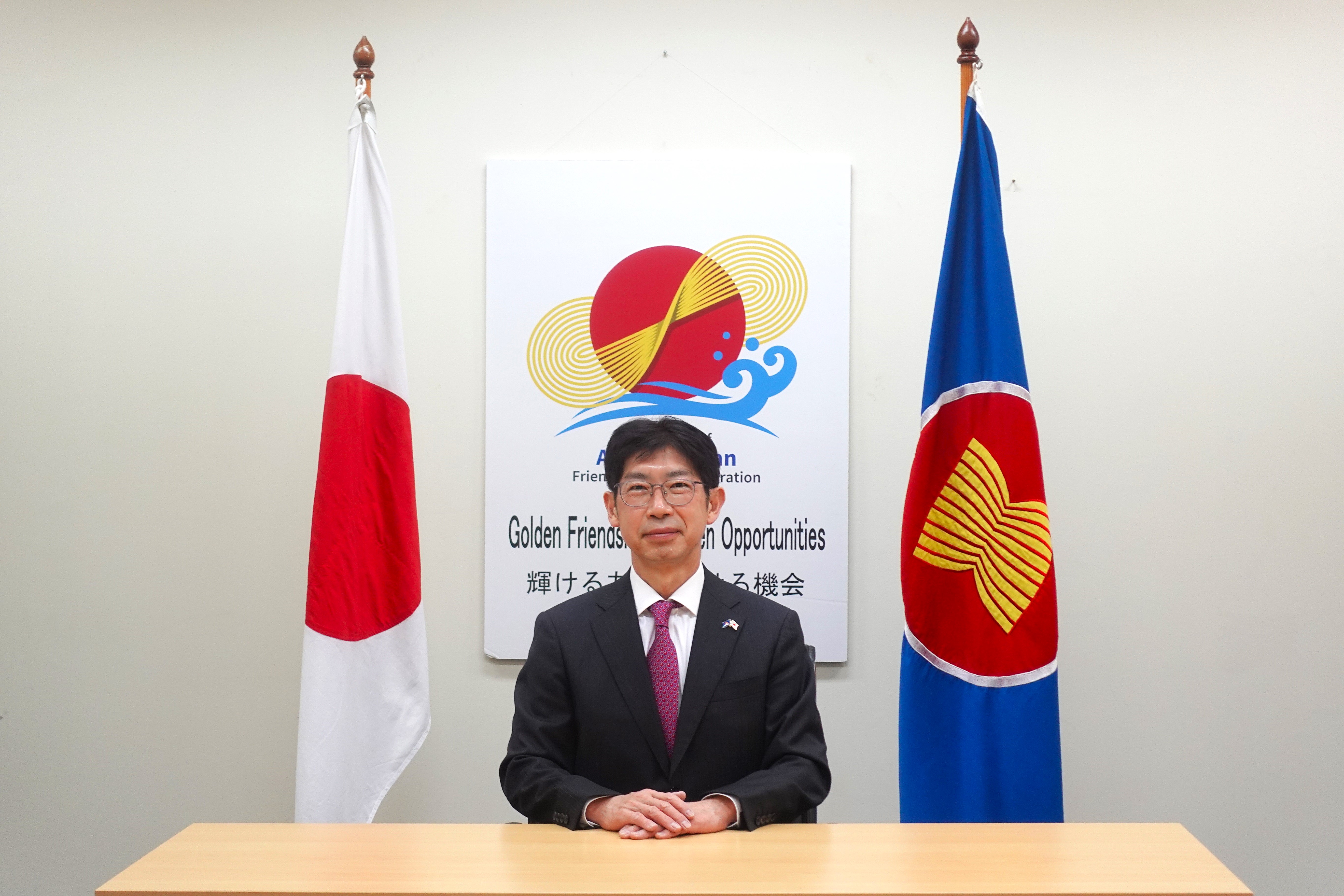
19 May 2023
ASEAN Identity and Community Building
Kiya Masahiko
50 Years of ASEAN-Japan Friendship and Cooperation
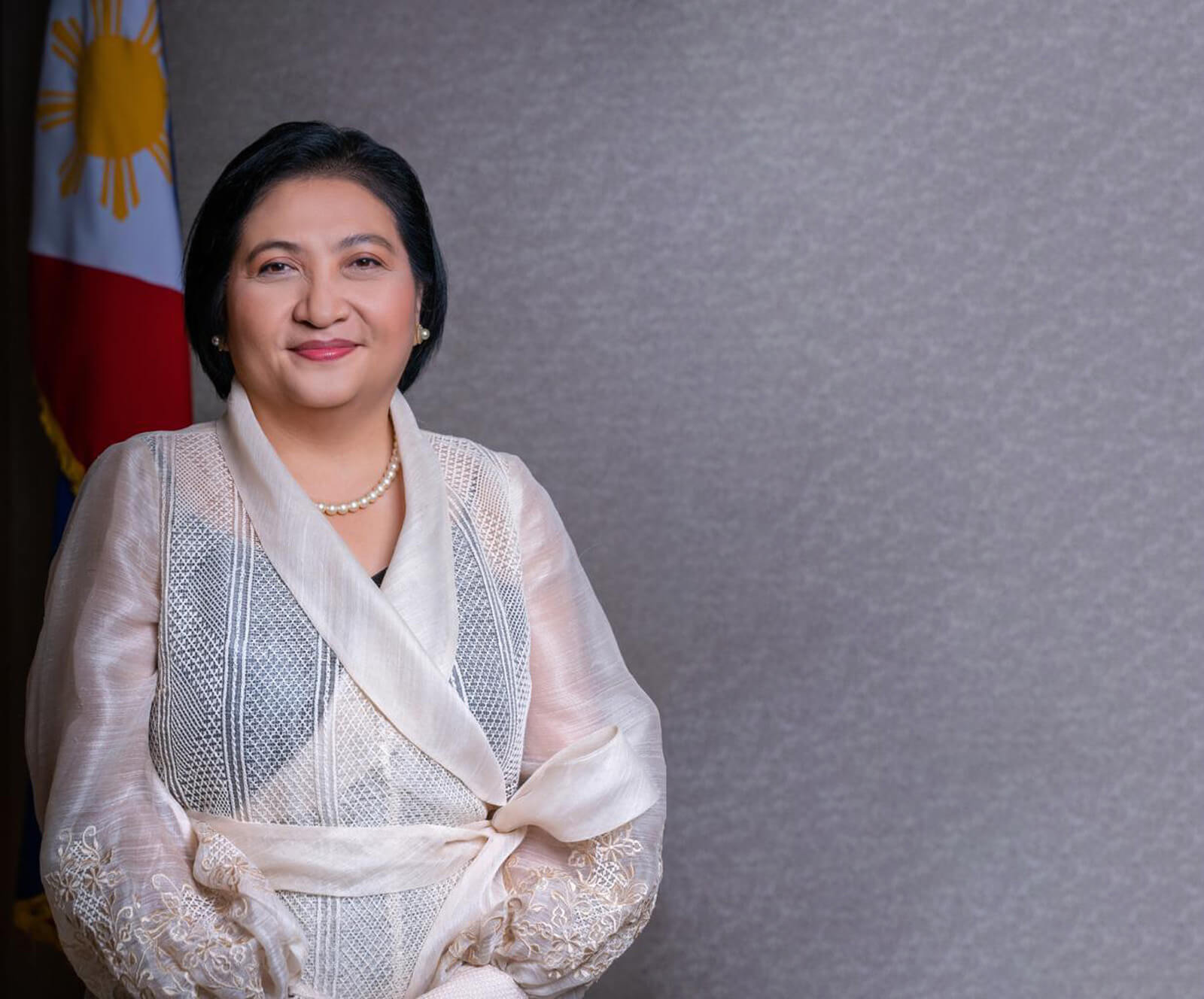
22 May 2023
Gender
Ambassador Hjayceelyn M. Quintana
Women in ASEAN in the Era of Digitalisation: Facing Challenges and Seizing Opportunities The celebration of Women’s Month this year resonated deeply with the priorities and commitments of ASEAN to forge ahead with gender equality and the empowerment of all women and girls. In the Committee of Permanent Representatives (CPR) to ASEAN, we celebrated Women’s Month by citing that parity has been achieved with 50 per cent of current membership now being women.
Conversations
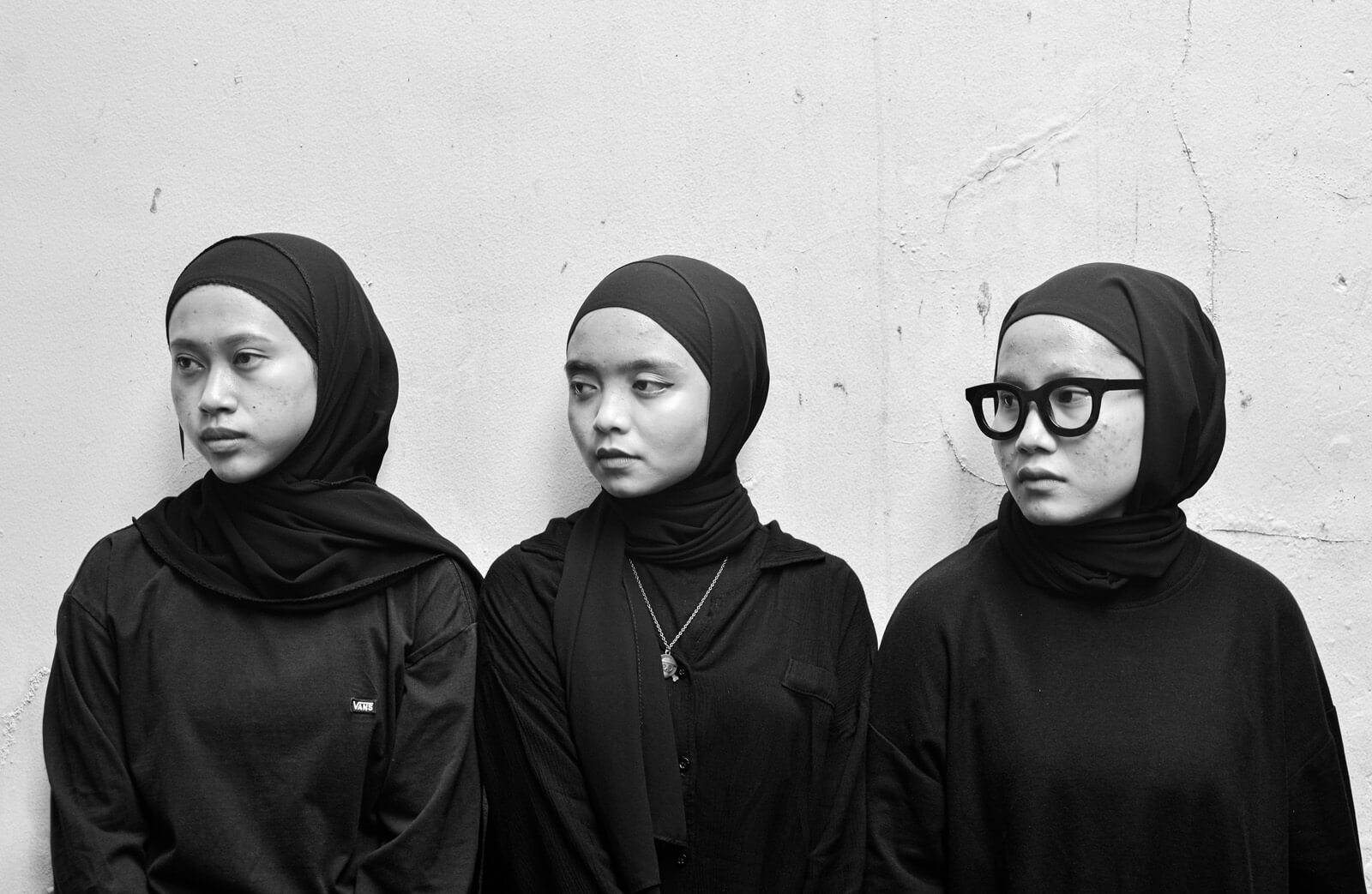
19 May 2023
Gender
Voice of Baceprot: Breaking Barriers with Heavy Metal
In 2014, three teenage girls rocked their way to fame from a small village in Garut, West Java, Indonesia. Firda ‘Marsya’ Kurnia (lead vocal, guitar), Euis Sitti Aisyah (drums), and Widi Rahmawati (bass) formed a band, Voice of Baceprot (pronounced ba-chey-PROT, means “noise” in a West Java dialect). Fans saw them as female artists who were challenging gender stereotypes and religious norms. The brave, talented teens, all wore the hijab or Islamic headscarves and played rock music. But the band’
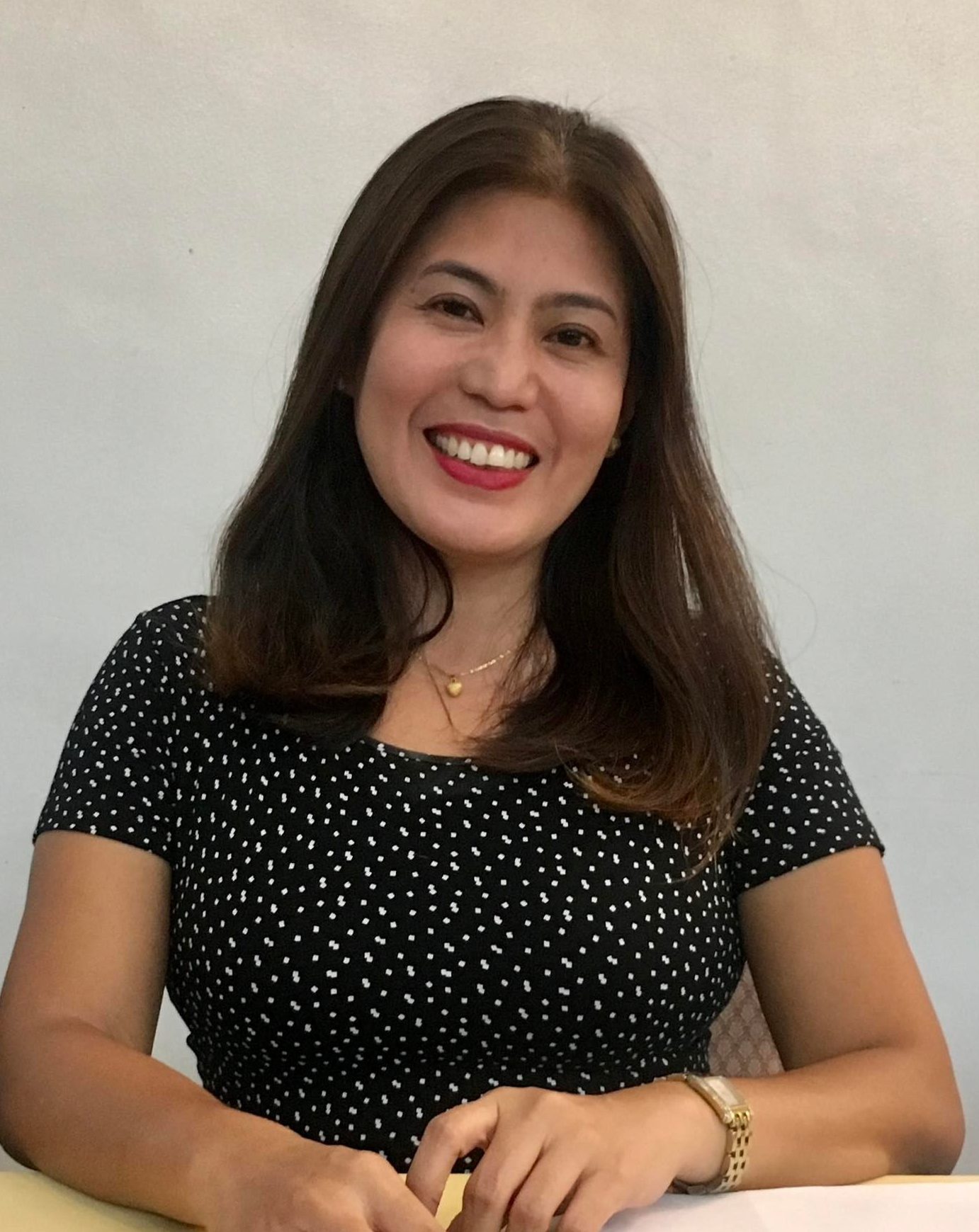
19 May 2023
Gender
Noemi Obrero Abainza
Noemi Obrero Abainza is a working mother and sole parent to her two children while her husband works overseas.
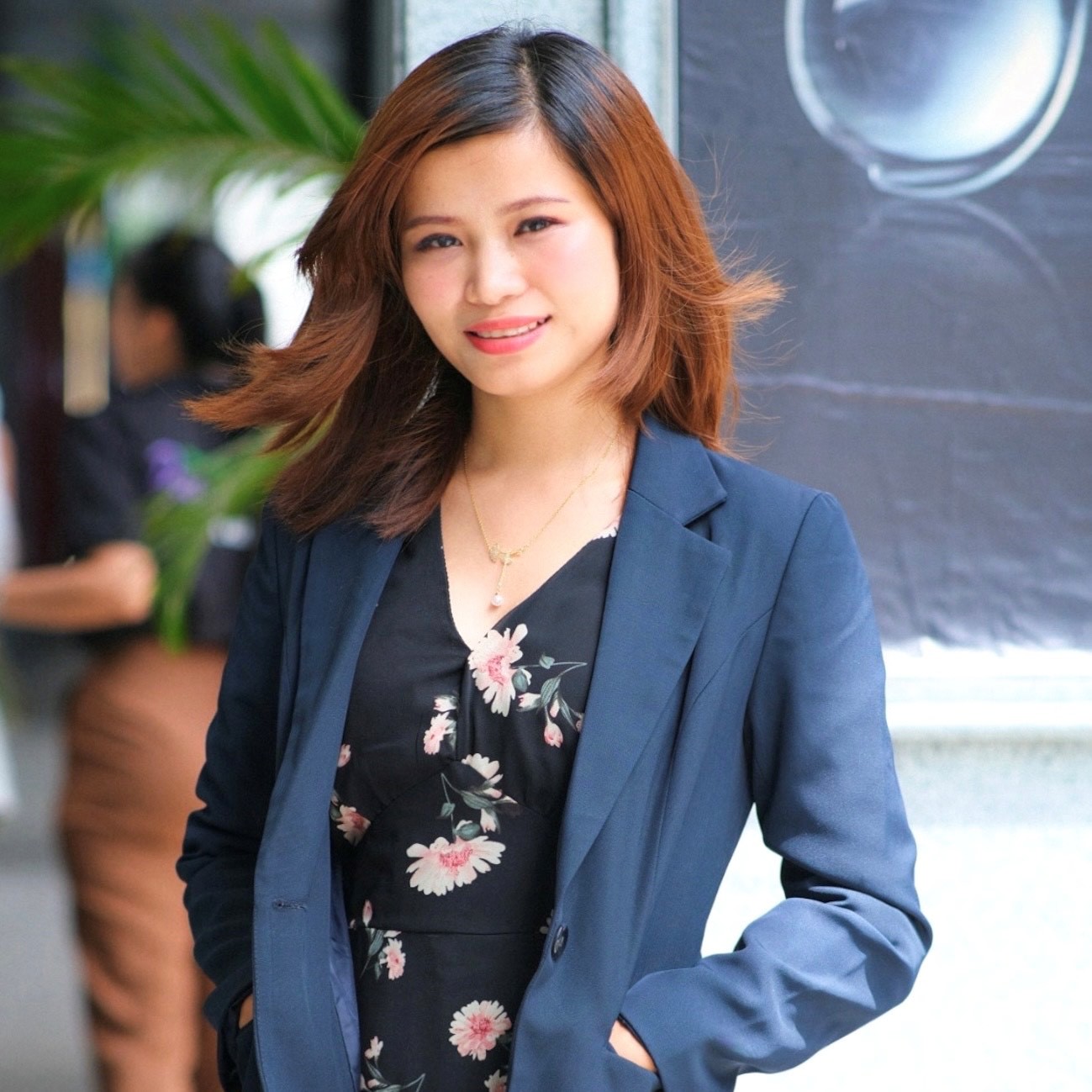
19 May 2023
Gender
Nwat Derli Zaw
Shwegyin Town in Bago District, Myanmar, is reputed to be one of the country’s best places to get gold. The town lives up to its name, “Shwegyin,” which means “making gold” in English. However, the precious mineral is not what keeps bringing 27-year-old Nwat Derli Zaw back to the town.
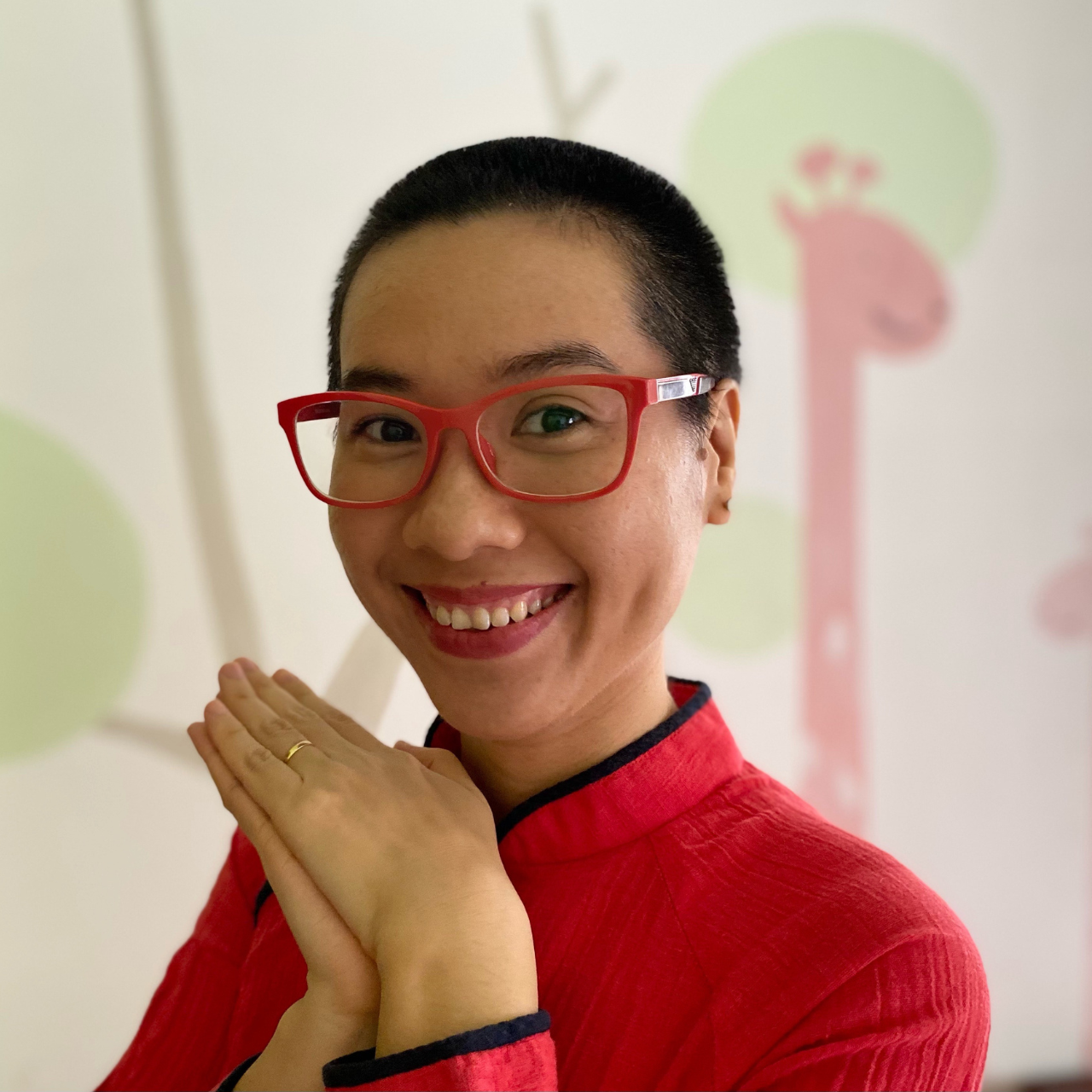
19 May 2023
Gender
Tra My Nguyen
Tra My Nguyen was a model student all her life, but felt unfulfilled even after landing what she thought was her dream job: an engineer in advanced materials. It did not take long for Tra My to realise she did not want to spend the rest of her life surrounded by cold machines in a laboratory. She decided to quit.
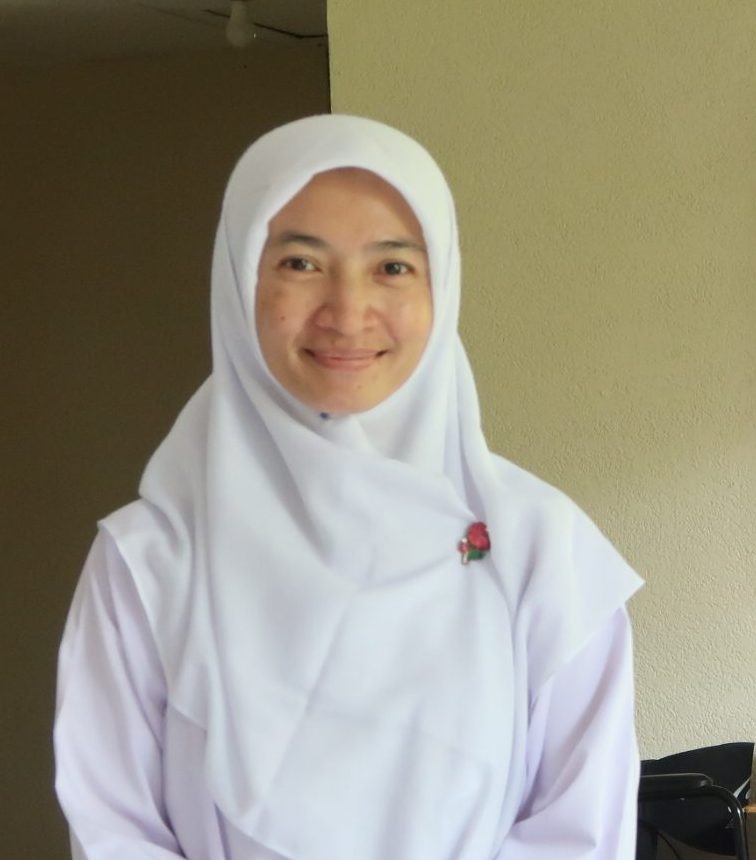
19 May 2023
Gender
Shinta Puspa Dewi
One night in 2019, Shinta Puspa Dewi found herself hiding under the bed as her patient yelled, “Hide, or they will shoot you!”. Her patient, who has dementia, believed they were in the middle of a war.
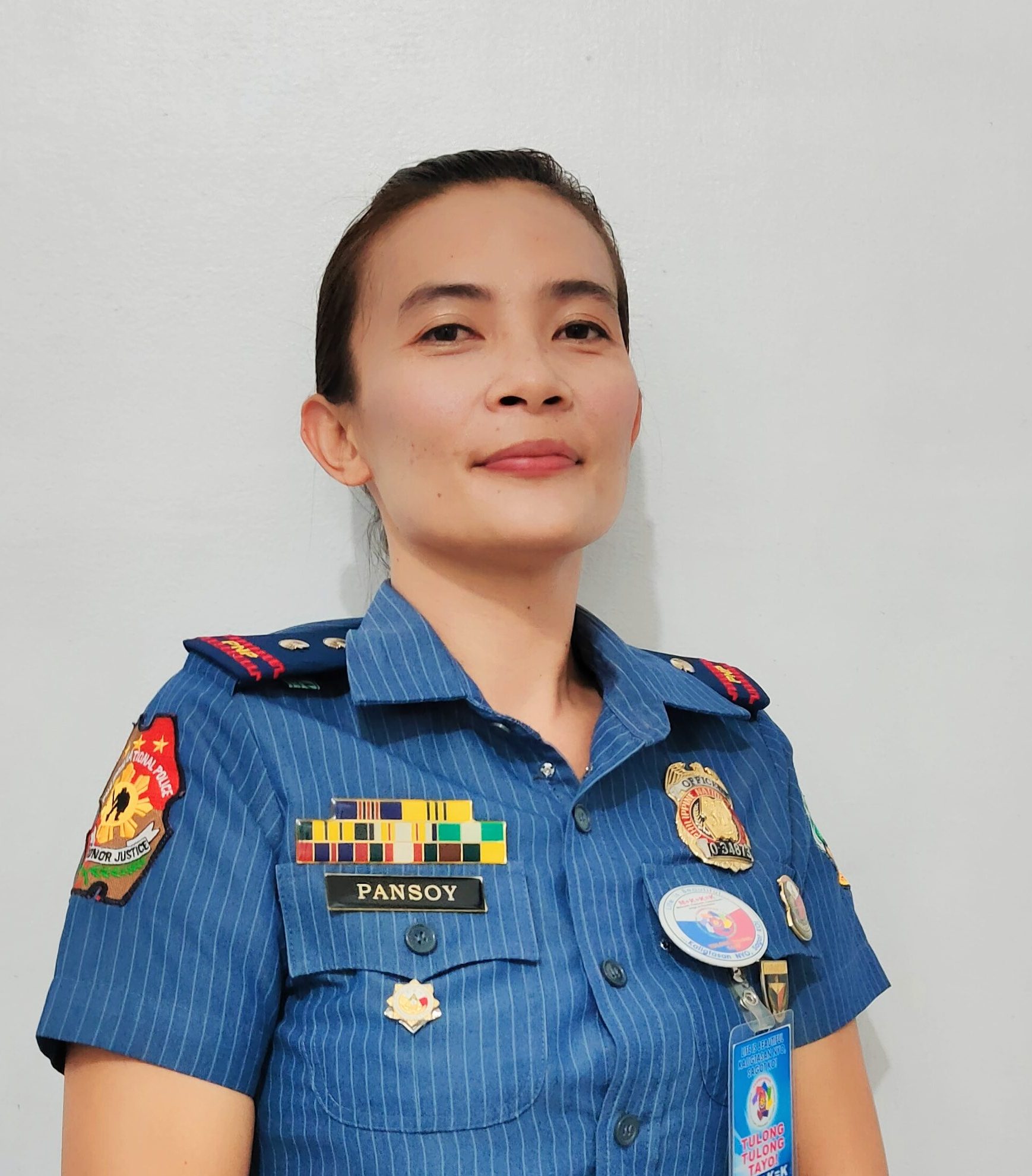
22 May 2023
Gender
Shiela May Pansoy
Shiela May Pansoy, a 39-year-old native of Davao del Sur, is one of the 37,000 women in the Philippine police force.


